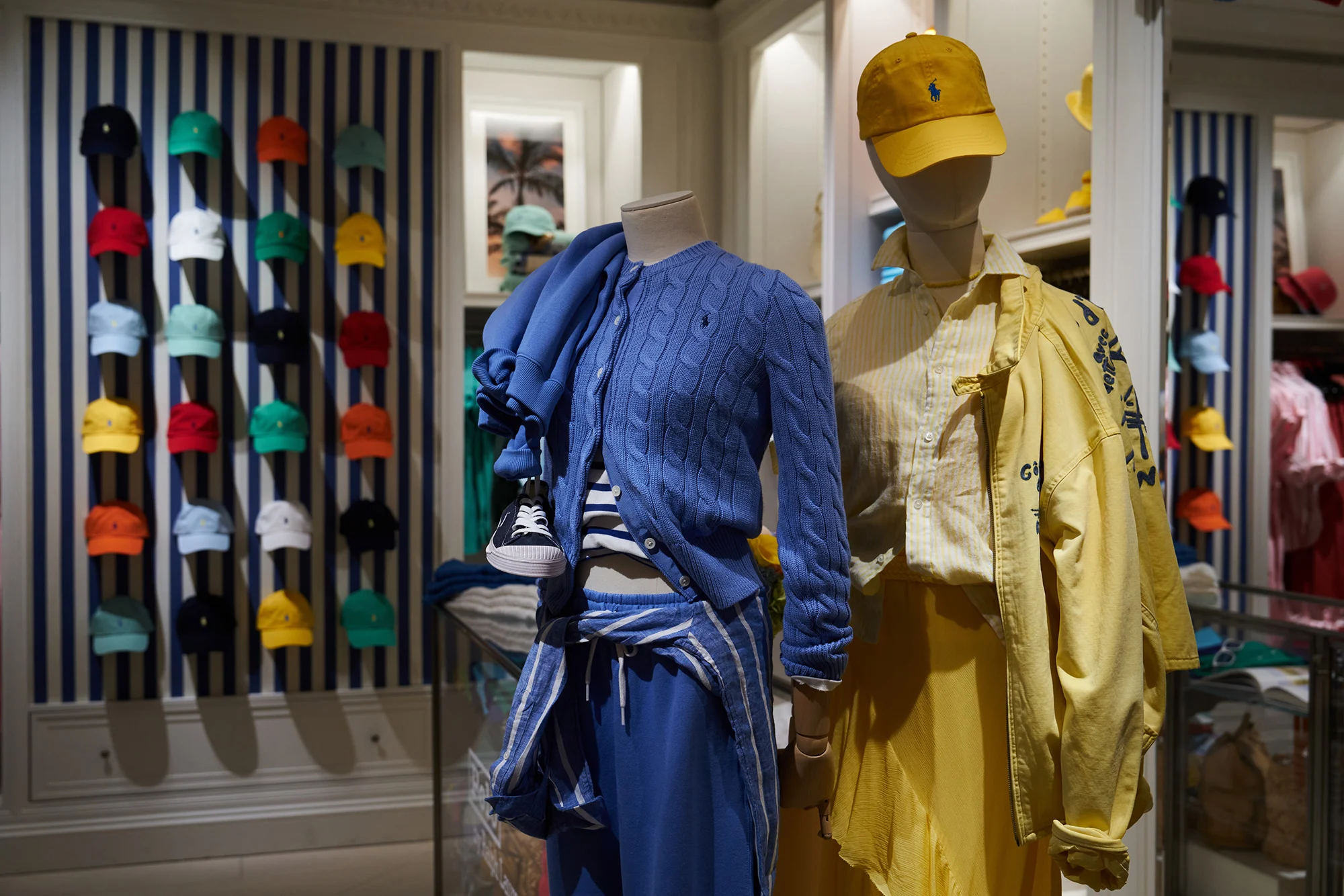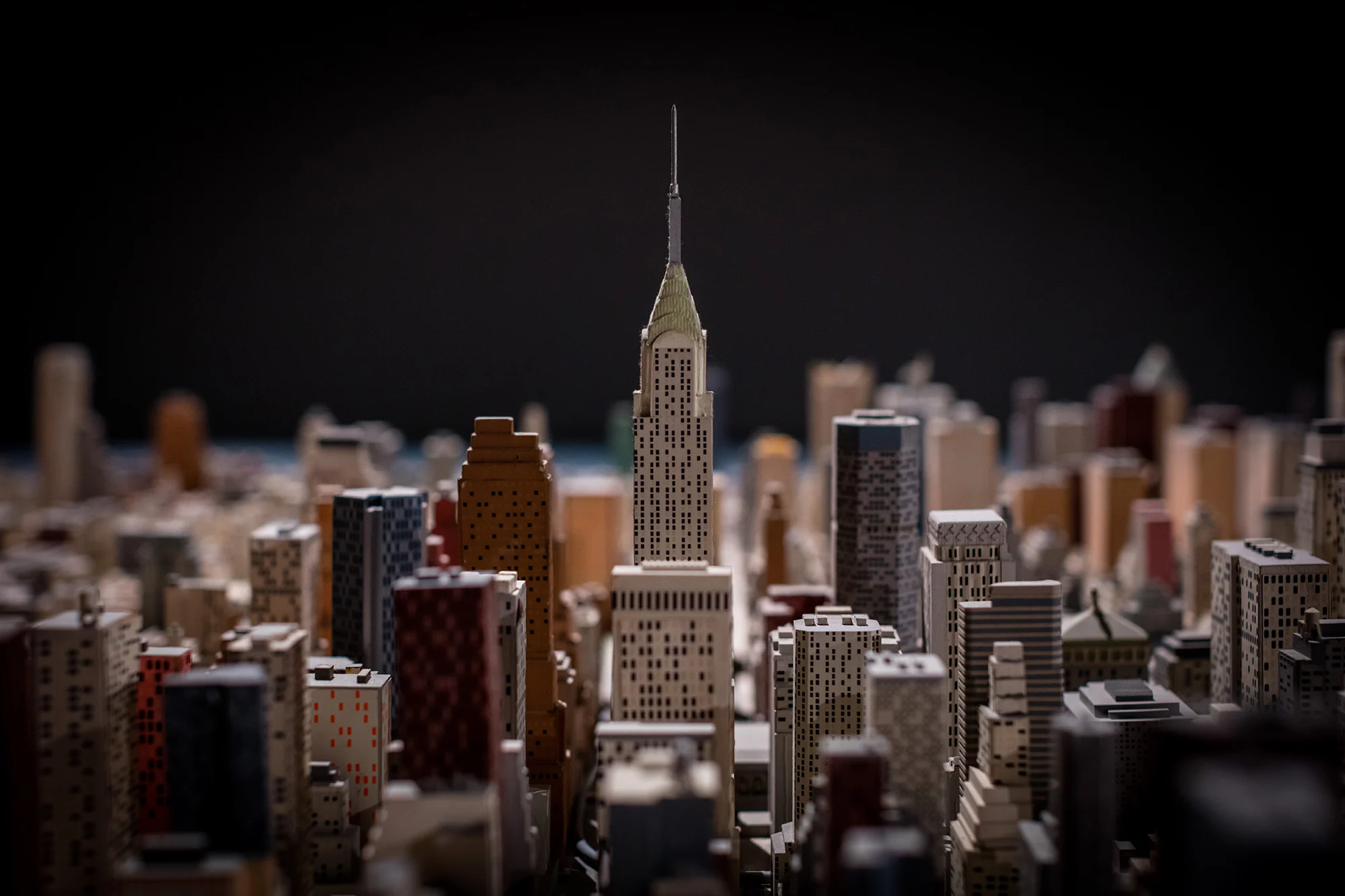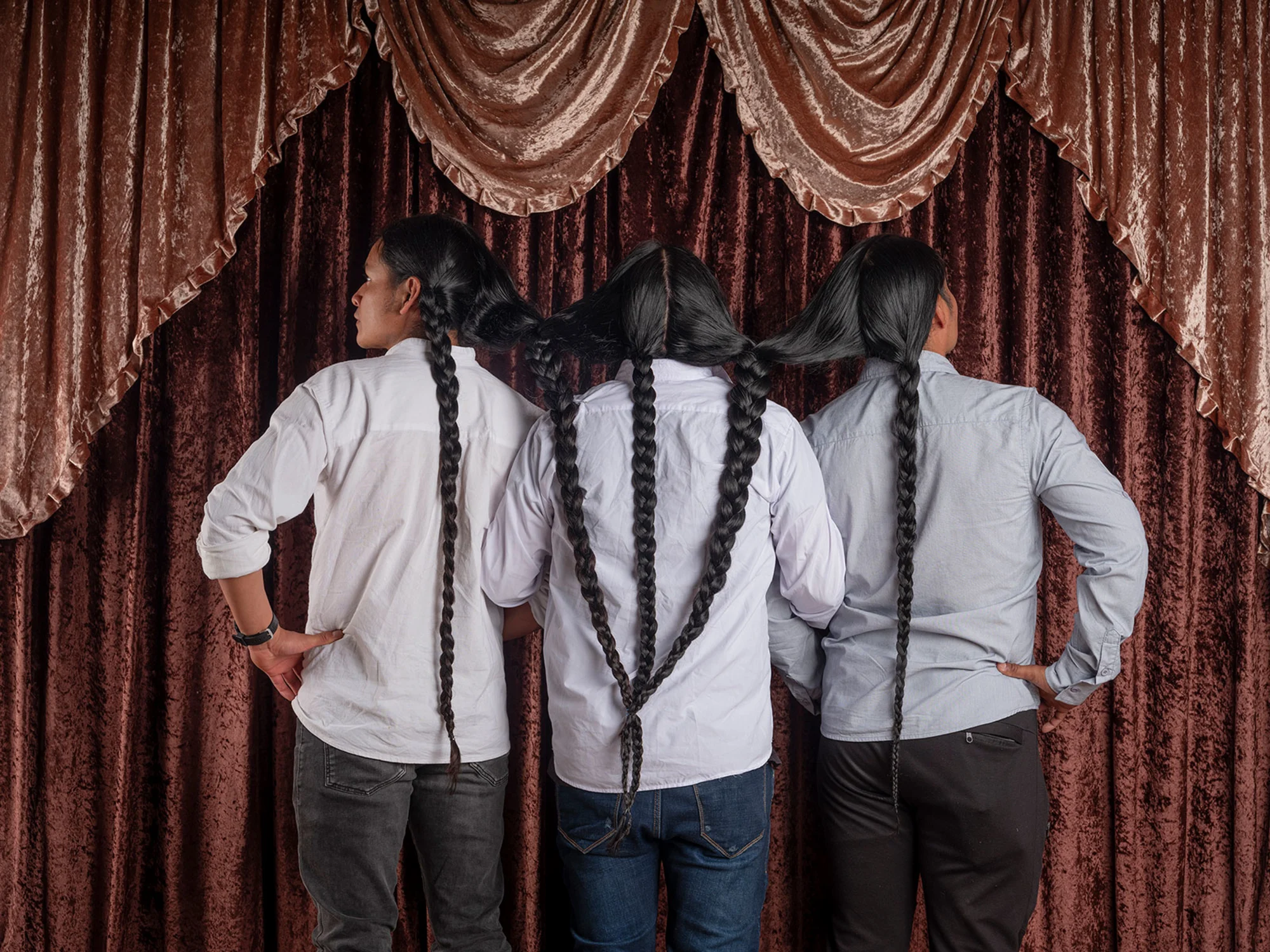
On Wednesday, the global fashion industry was taken aback by US President Donald Trump’s announcement of the largest and most far-reaching tariffs in nearly a century, with the heaviest impact on key apparel manufacturing nations.
In a statement from the White House, Trump revealed a 10% baseline tariff on all imported goods. However, countries with which the US has a trade deficit, including many of the world’s largest apparel producers, faced much steeper tariffs. For example, Vietnam—second only to China in apparel exports to the US—will face a 46% tariff, while Cambodia will be hit with 49%, and Bangladesh with 37%. China’s tariffs will increase to 54%, with an additional 34% levy on top of earlier duties, and the European Union will see a 20% duty.
The United States Fashion Industry Association expressed its disappointment, stating, “This decision will particularly harm American fashion brands and retailers.”
The tariffs will take effect at midnight, and fashion stocks reacted swiftly, with major brands like Lululemon, Nike, Ralph Lauren, Tapestry, Capri, and PVH Corp. all experiencing significant losses in after-hours trading. The declines overshadowed a slight dip in S&P 500 futures.
These tariffs, following previous levies on goods from China, Mexico, and Canada, will raise costs and disrupt the fashion supply chain. The US is a major consumer of apparel, importing over 98% of its clothing and about 99% of its footwear, making the market crucial for both domestic and international brands. Nearly every fashion item sold in the country will face higher tariffs.
Trump’s announcement included a chart showing the targeted countries and their respective tariff rates, which were higher than many experts had predicted. He touted the new tariffs as a way to “open foreign markets,” claiming that more domestic production would lead to stronger competition and lower prices for consumers. “This will be the golden age of America,” he said, adding that the country’s economy would rebound strongly.
The repercussions of these tariffs are expected to ripple throughout the fashion industry’s supply chain. After previous tariff announcements, companies like Walmart had already started negotiating with suppliers to lower costs. Factories, already operating on tight margins, will be under additional pressure to cut prices, which could affect textile makers and farmers. Retailers may face a difficult decision: absorb the increased costs and keep prices steady or raise prices, potentially alienating price-conscious customers.
The uncertainty surrounding Trump’s trade policy has already taken a toll on US consumer confidence, which fell to its lowest point since the pandemic in March. “More tariffs equal more anxiety and uncertainty for American businesses and consumers,” said David French of the National Retail Federation.
Some sectors, such as luxury fashion, may be particularly vulnerable to these changes. The US has been a strong market for luxury brands during global economic slowdowns, but most of these companies don’t manufacture their goods domestically. As a result, they will now face higher costs on products already subject to price hikes in recent years. LVMH, which established its third US factory in 2019, is one of the few luxury companies with a notable manufacturing presence in the country. Analysts predict the impact of these tariffs will significantly affect luxury goods sales, especially among aspirational shoppers, who have already shown reduced demand in the face of rising prices.









